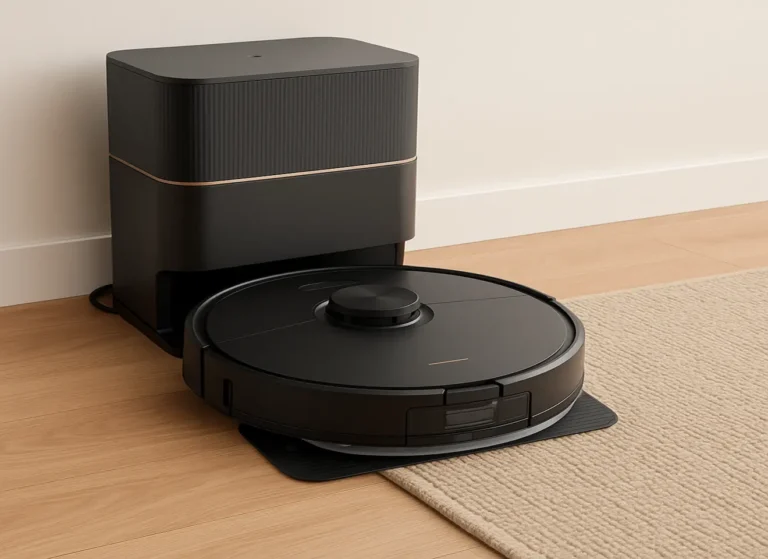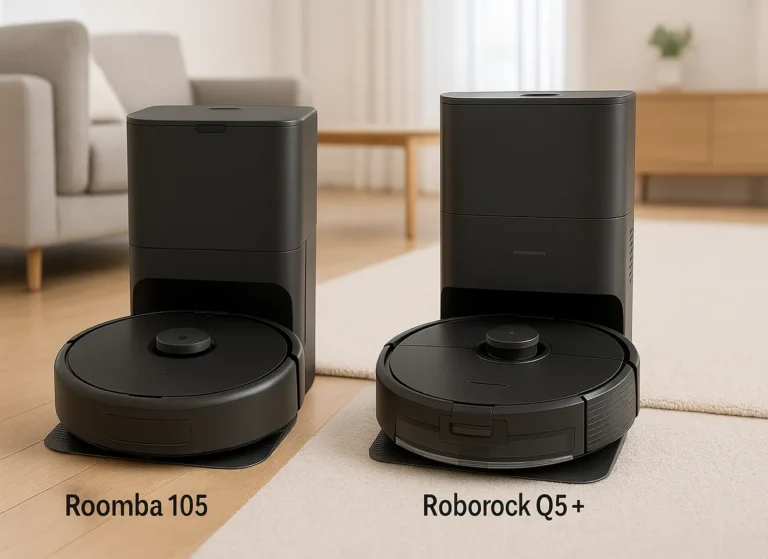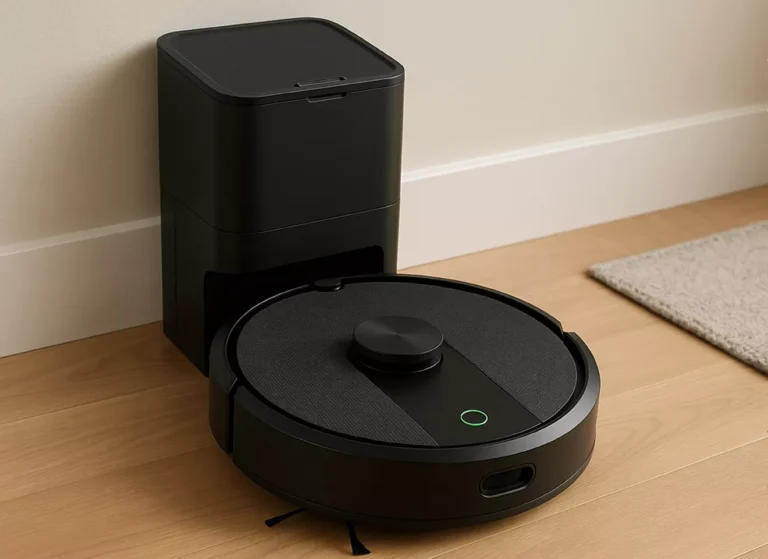Kasa Smart Plug Mini 15A (EP25) Review: The Tiny Outlet Upgrade Nobody Tells You About
Kasa’s EP25 is a compact 15-amp Wi-Fi smart plug with HomeKit, Alexa, and Google support, reliable scheduling, and built-in energy monitoring. No hub required, 2.4 GHz only. It’s a low-cost way to automate lamps, coffee makers, and fans while tracking power use—great stability for the price.
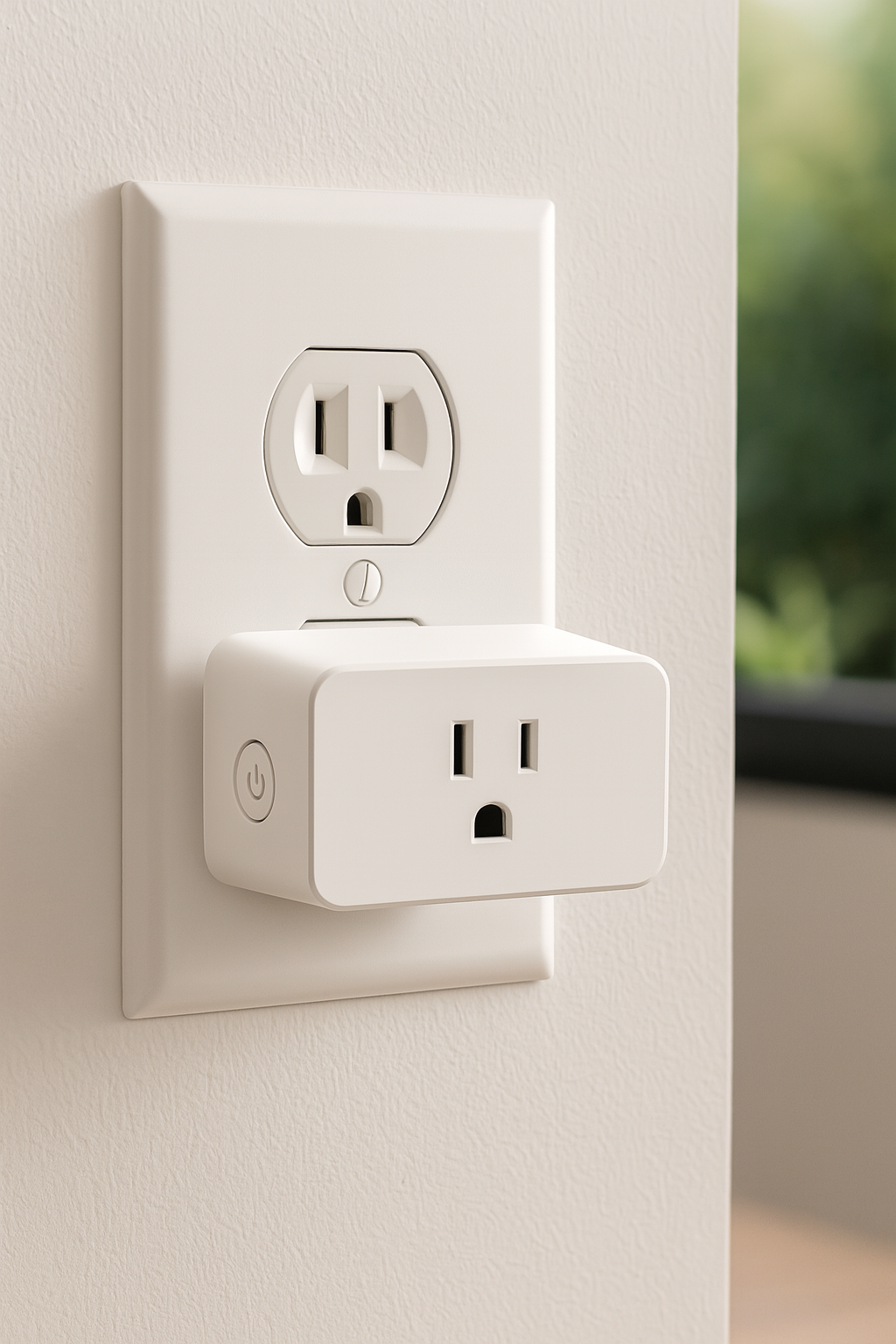
This image has been generated using AI for illustrative purposes only and does not represent an actual product image.
Getting to Know the Kasa Smart Plug Mini 15A: What You Need to See First
Smart plugs are the “first button” of a smart home: small, cheap, and immediately useful. The Kasa Smart Plug Mini 15A (model EP25) keeps that spirit alive with a slimmer design that won’t hog both outlets, quick setup through the Kasa app, and support for the big three assistants (Siri via HomeKit, Alexa, and Google Assistant). The kicker? It also measures energy use, so you can see which gadgets are the real bill-boosters.
Key Features and Everyday Performance
Design that plays nice with your outlet
The EP25 is a mini plug—short enough to let you stack two plugs in a standard duplex receptacle. It’s rated for 120 V / 15 A (up to ~1,800 W), which covers most household lamps, fans, small heaters (check your appliance label), humidifiers, and kitchen gadgets.
No hub, just Wi-Fi (2.4 GHz)
Setup runs through the Kasa Smart app. Connect the plug to your 2.4 GHz Wi-Fi, name it (“Desk Lamp,” “Coffee,” “Doomsday Fan”—you do you), and you’re off. There’s no bridge or hub to plug in, and updates happen right from the app.
Voice control across ecosystems
Use Siri (via Apple Home), Alexa, or Google Assistant to turn things on/off and fold the EP25 into scenes and routines. If your household mixes platforms, you’re covered without buying different plugs for everyone’s favorite voice.
Energy monitoring that actually helps
The EP25 reports real-time and historical energy use. Pair that data with schedules or “Away” automations and you can both see and reduce waste—for example, cutting power to a space heater after bedtime or shutting off a dehumidifier when nobody’s home. For specs and platform support, see the official EP25 page on Kasa’s site.
official EP25 specifications
App automations that don’t require a PhD
Schedules, timers, countdowns, sunrise/sunset offsets, and groups are built in. A common beginner setup: “Turn the living-room lamp on at sunset and off at 11 p.m.” Another: “Start the coffee maker at 6:30 a.m. on weekdays,” then use energy data to make sure it’s not quietly sipping power all day.
Safety and limits
It’s for indoor use only. Stick to the 15 A / 1,800 W limit, and avoid high-draw appliances that exceed it. Smart plugs switch power—they don’t add surge protection. If your device is sensitive, pair with a proper surge protector.
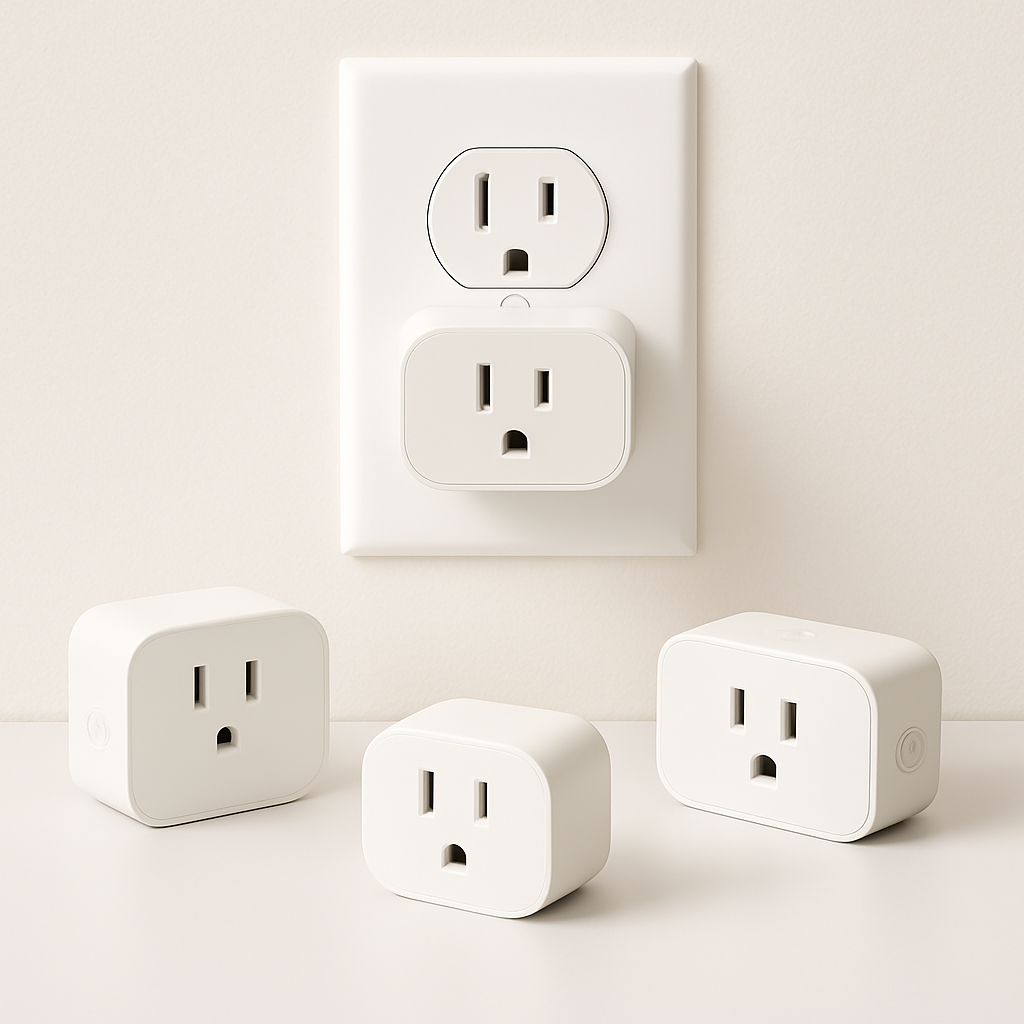
This image has been generated using AI for illustrative purposes only and does not represent an actual product image.
Head-to-Head: How EP25 Stacks Up
EP25 vs. Kasa KP125M (Matter)
Ecosystem reach: KP125M speaks Matter, so it joins Apple/Google/Alexa/Samsung platforms through a single standard. EP25 uses HomeKit/Alexa/Google directly (no Matter).
Energy insights: Both offer energy monitoring; EP25’s HomeKit support is ideal for Apple-centric homes, while KP125M appeals if you want Matter-everywhere flexibility.
Which to pick: If you’re already comfy in Apple Home or don’t need Matter today, EP25 is a simpler, cheaper on-ramp. If you’re future-proof-first, KP125M makes sense.
EP25 vs. Amazon Smart Plug
Voice support: Amazon Smart Plug is Alexa-only. EP25 works with Siri, Alexa, and Google.
Energy data: EP25 has energy monitoring; Amazon’s plug does not.
Setup style: Amazon’s plug is wonderfully easy inside the Alexa app. EP25 is nearly as simple and more flexible once you mix platforms.
Price and Accessibility
Kasa priced the EP25 aggressively from the start (launch bundles were as low as $12.50 per plug in multi-packs), which is why it routinely shows up in “best smart plug” lists. It’s widely available in the U.S. through major retailers, and multi-packs often undercut one-off competitor plugs. For historical launch pricing and feature confirmations (HomeKit + energy monitoring), see The Verge’s announcement coverage.
The Verge on EP25’s launch pricing and features
Real-World Pros and Cons
Pros
Compact 15 A design that leaves the second outlet usable.
No hub required; fast Wi-Fi setup in minutes.
HomeKit, Alexa, and Google support—rare at this price.
Energy monitoring to spot waste and optimize schedules.
Reliable automations (schedules, timers, sunrise/sunset, groups).
Cons
2.4 GHz only (no 5 GHz, Thread, or Matter on this model).
Indoor-only; not meant for outdoor string lights or pumps.
High-draw appliances still require careful wattage checks.
Energy data is “plug-level,” not per-device if you daisy-chain power strips.
Our Take
EP25 lands right in the sweet spot: genuinely useful automations, platform freedom, and energy insights—without extra hubs or fussy setup. If you’re building a starter smart home or expanding room-by-room, this is an easy recommendation. If you insist on Matter for maximum cross-platform durability, step up to Kasa’s KP125M; otherwise, grab EP25s and start automating the little moments that add up.
FAQ
Does the Kasa Smart Plug Mini 15A (EP25) require a hub?
No. It connects directly to 2.4 GHz Wi-Fi through the Kasa app.
Does it work with Apple HomeKit?
Yes. EP25 supports HomeKit, so you can control it with Siri and use automations in the Apple Home app.
Is there energy monitoring?
Yes. EP25 reports power usage so you can track and trim energy consumption over time.
Does it support Matter or Thread?
No. EP25 uses Wi-Fi and the Kasa/HomeKit integrations. For Matter, look at Kasa KP125M.
What can I safely plug into it?
Anything up to 15 A / ~1,800 W at 120 V—think lamps, fans, coffee makers, humidifiers, and many space heaters (check the appliance label to be sure).
Will it block the second outlet?
It’s a mini form factor, designed to let you use both outlets in a standard wall receptacle.
Explore More
Related posts:
- How to Set Up the TP-Link Kasa Smart Plug Mini (EP25) This image has been generated using AI for illustrative purposes...
- Blink Mini 2 Smart Indoor Camera Review – A Tiny Guardian with Big Personality This image has been generated using AI for illustrative purposes...
- What Nobody Tells You About the Kasa HS103: Renter Review (2025) What Nobody Tells You About the Kasa HS103: Renter Review...
- What Nobody Tells You About the Ring Battery Doorbell Plus (for Renters) What Nobody Tells You About the Ring Battery Doorbell Plus...

